Mama bird feeding baby
How Do Mother Birds Feed Their Babies? [Comprehensive Guide]
5 shares
- Share
- Tweet
Do you ever wonder how do mother birds feed their babies? When you think about how a mother bird feeds her babies, you might picture her sitting on a nest and feeding them little worms.
But there’s more to it than that! In this blog post, we’ll explore the different ways that mother birds feed their young, from carrying food in their beaks to giving them regurgitated meals.
So read on to learn more about how baby birds eat!
Table of Contents
How Do Birds Feed Their Young?
One of the most fascinating things about birds is how they care for their young. Most birds feed their chicks by regurgitating food [1] that they have previously swallowed.
The process begins when the adult bird swallows food and stores it in an enlargement of the esophagus known as the crop.
When it is time to feed the chicks, the crop muscles contract and push the food back up into the mouth. The bird then tilts its head back and transfers the food directly into the chick’s mouth.
This process allows chicks to get the nutrients they need without having to search for food on their own. In addition, it helps to bond parent and child, as they share a meal together.
As anyone who has ever tried to feed a baby knows, getting them to eat can be a challenge. It’s a good thing that birds have found such an efficient way to care for their young.
Also Read: What Birds Eat Black Oil Sunflower Seeds?
However, the method of feeding the birds varies from species to species. One thing in common is that hungry children open their mouths wide and scream.
Moreover, when a baby bird gets more food and another bird gets less food, the baby that gets less food starts screaming more than before.
The wider the baby bird’s mouth, the more convenient it will be for the mother bird to feed. In this way, the mother bird can feed a large variety of food to the babies.
How Does the Mother Bird Ensure all the Babies Get Enough Food?
Ensuring that all chicks get enough food can be a real challenge for mother birds. After all, they can’t very well stand in line and take turns at the feeding station.
Instead, they have to find other ways to ensure that each chick gets its fair share. One common strategy is for the mother bird to divide her food into smaller pieces and feed each chick one piece at a time.
This way, each chick gets an equal amount of food and no one is left out. Another approach is for the mother bird to feed the largest chicks first and then follow up with the smaller ones.
This ensures that everyone gets some food, even if it’s not an equal amount. Either way, it’s clear that mother birds go to great lengths to make sure their chicks are well-fed.
Moreover, the louder the chick cries, the more the mother thinks the bird needs more food. Then the mother bird feeds the young one.
CHECK: How Long for Bird Eggs to Hatch?
What Types of Food Do Mother Birds Feed their Babies?
All mother birds need to feed their babies, but the type of food they give them can vary depending on the species.
Some common examples of baby bird food include insects, worms, and small pieces of fruit or berries. While these may not sound appetizing to us, they are perfect for growing baby birds.
Insects are a good source of protein, which helps them to grow strong muscles and feathers. Worms are packed with nutrients that help keep baby birds healthy.
And fruit or berries provide them with the energy they need to fly and explore their world. So the next time you see a mother bird feeding her babies, take a moment to appreciate the variety of food she is able to provide.
When Do Baby Birds Stop Being Fed by Mom?
The answer varies depending on the species of bird, but most young birds will begin to explore outside the nest and eat on their own between 4 and 6 weeks of age.
During this time, they will still beg for food from their parents, but they will also start to take small bites of solid food.
As they learn to fly and hunt, they will gradually become more independent, until they are finally able to fend for themselves entirely.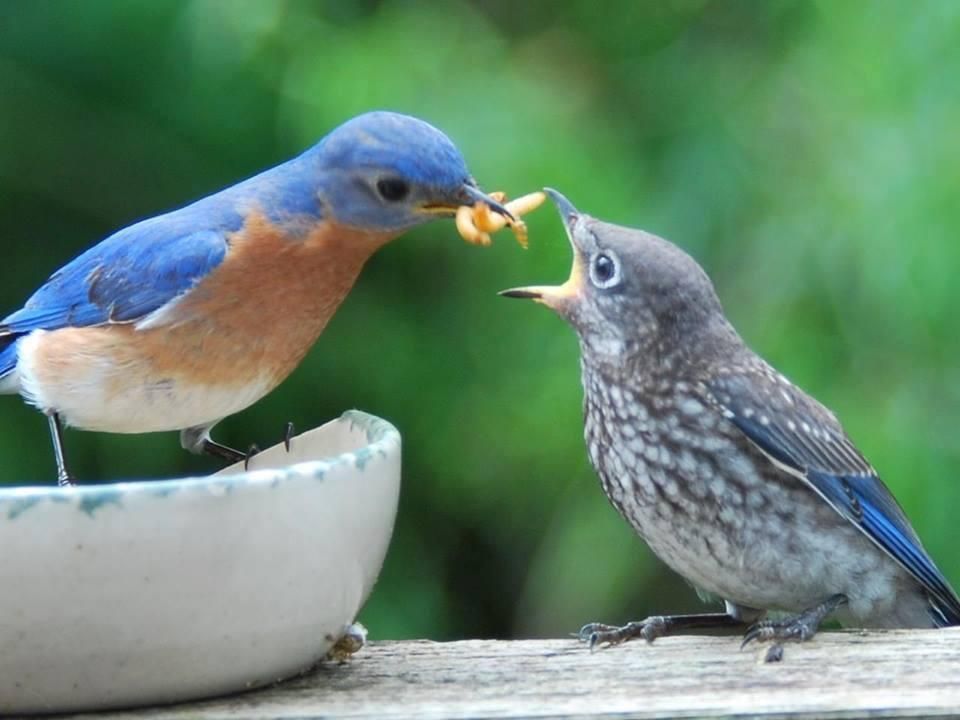
So the next time you see a baby bird at your birdfeeder, don’t be surprised if its mother is not far away.
What Are Some of the Other Ways Birds Feed Their Babies?
Birds are known for their unique parenting skills. They have many different ways of feeding their babies, and it’s important to know what they do so you don’t interfere with them.
Birds have a variety of foods they eat, including insects, seeds, nectar, and fruits. Some birds even eat meat! Birds also have different kinds of mouths depending on what kinds of food they like to eat.
For example, hummingbirds have long beaks for eating nectar from flowers, while hawks have sharp beaks for tearing apart their prey.
Here are some other ways birds feed their babies:
Mothers will often regurgitate food for their babies. This means that they vomit up the food they ate earlier so that the baby can eat it again later.
Vomiting is a very normal process for humans and animals alike. It helps us get rid of things we shouldn’t digest such as bacteria or poisons and allows our bodies to re-use nutrients later on!
Some birds will also provide insects and worms for their chicks to eat directly from their own mouths! The parents will catch these bugs themselves or even give them to their babies as gifts!
Milk Sacs: Many birds have milk sacs that they use to feed their young after they hatch from eggs.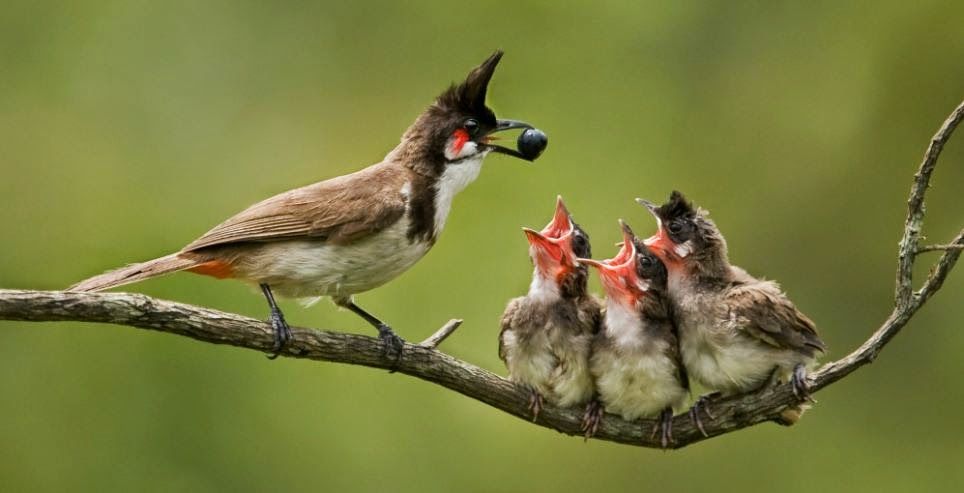 They produce milk in these sacs so that when they hatch out of the egg, there’s already milk waiting for them!
They produce milk in these sacs so that when they hatch out of the egg, there’s already milk waiting for them!
Are There Mother Birds that Feed Young One’s Milk?
The answer is yes! There are a few mother birds that will actually produce milk for their chicks. The most well-known example is probably the pigeons, who have a special crop that produces milk for their young [2].
However, doves and some other species of birds also have this ability. The milk produced by these birds is very similar to mammal milk and is full of nutrients that help the chicks grow strong and healthy.
So next time you see a mother bird feeding her chicks, you can be sure that she’s giving them the best possible nourishment.
Have a look at this video.
Some Birds Feed Their Young at Night
Most species of birds rest and sleep at night. However, there are a few species that rest during the day and collect food at night.
However, there are a few species that rest during the day and collect food at night.
Nocturnal birds [3] include owls and bats. They hunt at night and sleep during the day. Insects are one of their food, so they hunt insects at night.
Like other birds, they prey on insects, chew, soften and feed their young. In this way, the child can eat the food well.
Conclusion
So, there you have it! That’s how mother birds feed their babies. It can be a lot of work for them, but it is definitely worth it to see their little ones grow up and thrive.
Have you ever seen this process firsthand? We’d love to hear about it in the comments section below!
Resources
- 1. Researchers Find Out How Pigeons Make the “Milk” They Barf Into the Mouths of Their Young. Discover Magazine. Accessed June 2, 2022. https://www.discovermagazine.com/planet-earth/researchers-find-out-how-pigeons-make-the-milk-they-barf-into-the-mouths-of-their-young
- 2.
 Malm K, Jensen P. Regurgitation as a weaning strategy — a selective review on an old subject in a new light. Applied Animal Behaviour Science. 1993;36(1):47-64. doi:10.1016/0168-1591(93)90098-A
Malm K, Jensen P. Regurgitation as a weaning strategy — a selective review on an old subject in a new light. Applied Animal Behaviour Science. 1993;36(1):47-64. doi:10.1016/0168-1591(93)90098-A - 3. Yahya MS, Puan CL, Azhar B, Atikah SN, Ghazali A. Nocturnal bird composition in relation to habitat heterogeneity in small scale oil palm agriculture in Malaysia. Agriculture, Ecosystems & Environment. 2016;233:140-146. doi:10.1016/j.agee.2016.09.003
Alina Hartley
Alina Hartley is a small-town girl with a ginormous love of bearded dragons. It all started with Winchester, a baby bearded who was abandoned at the shelter by his former owners because of a birth defect that caused one front leg to be shorter than the other. Alina originally went to the shelter looking for a guinea pig, but one look at Winchester and it was love at first sight. From that day on, Alina has dedicated her life to learning everything she can about bearded dragons. She loves helping new beardie parents start their incredible journey with these magnificent reptiles.
Follow her on:
LINKEDIN
TWITTER.
Read her latest articles HERE
Learn more about her HERE.
How Do Mother Birds Feed Their Babies? (Video Included)
Thayerbirding is supported by its audience. When you buy through our links, we may earn an affiliate commission. Learn more
Written by Clinton Atkins / Fact Checked by George Dukes
How do mother birds feed their babies? They feed their chicks with the food they have partially digested, a process called regurgitating.
Regurgitation is an effective method to provide baby birds with the nutrients they need until they can forage for food by themselves. By sharing their meals this way, mother birds can bond with their little ones.
Are you hearing about mother birds feeding baby birds through this process for the first time and want to hear more? We have facts and interesting information to share with you in this article. Keep on reading!
Keep on reading!
Table of Contents
- How Do Mother Birds Feed Their Babies
- How Do Mama Birds Ensure All of Their Young Get Enough Food?
- Types Of Baby Bird Foods
- Frequently Asked Questions
- Conclusion
How do birds feed their young? First, the mother bird eats and swallows the food. They let it stay in the crop or the esophagus enlargement, where it is softened.
During feeding time, the muscles in the esophagus will contract and send the food to the adult bird’s mouth. Then, mother birds will give this food straight to their babies’ mouths.
Regurgitation is the best way to ensure that young ones can safely get nutrition from the food they eat.
The feeding method might be different for each bird species. What’s customary is that baby birds completely rely on their parents for a few weeks after being born. This is because, at this stage, hatchlings cannot digest food yet, which means the parents had to do it for them.
How Do Mama Birds Ensure All of Their Young Get Enough Food?
Mother bird feeding their chicks know how to make sure they feed their babies well. It is tricky but good thing mama birds have an excellent memory and remember which of their children they feed last and which turn it is next.
Moreover, chicks are fed small amounts at a time. These are separated as equally as possible by the mother and distributed to everyone in the nest. They also give the food starting from the biggest hatchlings.
When a hatchling is hungry, it will open its mouth and let out a piercing scream. Those who had their mouth wider and screamed louder tended to eat more. It’s because they can swallow their food easier and the mother notices them more.
Types Of Baby Bird FoodsWhat do mama birds feed their babies? Whatever mother bird eats, they feed to their hatchlings. What’s in the adult birds’ diet is partially digested and given to their young. The difference will depend on the avian species like how finches and sparrows will eat nuts and seeds.
Generally, even birds with fruits as their main diet will feed on protein-rich foods such as worms and insects and regurgitate them to their hatchlings. Baby birds require protein-laden and several food varieties to develop strong feathers and muscles for healthy overall growth.
Whatever the situation might be, whether you found an abandoned baby bird or if your pet recently hatched some eggs, here is a list of suitable foods for them:
- Wet cat food
- Soaked dog food
- Raw liver
- Boiled eggs
- Mealworms
- Caterpillar
- Nectar solution
- Fruits
- Sunflower hearts
- Vegetables
- Peanut granules
Before feeding these, make sure they are grounded up, and slightly moistened. This will make it easier for baby birds to swallow and digest.
When feeding, patience is a virtue. Use a food dropper of a baggie with a corner cut. Feed them slowly and never force the food.
Avoid feeding them the following at all costs:
- Food waste
- Water
- Milk
- Bread
It is a common myth that baby birds should be fed bread and milk. Their digestive system is not fully developed yet, so they cannot tolerate this food. Adult birds, on the other hand, can comfortably nibble and consume these.
Their digestive system is not fully developed yet, so they cannot tolerate this food. Adult birds, on the other hand, can comfortably nibble and consume these.
How long does a mother bird feed her babies?
Mother birds take care of their babies by feeding them for around 2 to 4 weeks. This can vary depending on the bird species, but this is the general time frame. Some younglings will start exploring outside their nests and nibble on solid food at 6 weeks. But there is still a chance they’ll still ask for food their mother had partly digested.
How often do mother birds feed their babies?
They feed their younglings on and off every 10 to 20 minutes for 12 to 14 hours. This is the usual frequency and time frame for most avians, but it can vary depending on the bird species.
The older the hatchlings get, the less frequently they are fed by their parents. Fledglings that open their eyes are given food 3 to 5 times per day, while those with sprouting feathers can make do with 2 to 3 times feeding each day.
When do they feed their babies?
At night, birds are mostly asleep. This means mother birds and their hatchlings are resting and feeding is temporarily on hold. Baby birds don’t usually ask for food during the night around 10 PM to 6 AM.
However, nocturnal birds are an exception, since they are inactive in daylight. They forage and hunt for food at night and feed their young ones with it.
Do father birds feed their babies?
Yes. There are males of some bird species such as cardinals, sparrows, orioles, and downy woodpeckers that feed their young. Male robins share feeding duties with female robins and also provide substance for them.
But male hummingbirds do not take part in feeding their younglings. Nor do they help in nest-building or incubation of the eggs.
Can you feed baby birds?
If you found an abandoned or starving baby bird in your backyard, you can opt to feed them if you are yet to find the nearest wildlife center in your area. Make sure you understand the unique nutritional needs of the bird by knowing their diet and how often to feed them.
Make sure you understand the unique nutritional needs of the bird by knowing their diet and how often to feed them.
After getting the answer to the question “How do mother birds feed their babies?” and learning more about this topic, what do you think? Did you find some useful information to help avians in your area or your pet bird?
We hope this article gave you some interesting insights about the mother birds’ feeding method, what baby birds can eat, and when. Did we miss anything? Do you have some knowledge you want to impart to us that is related to this matter? You are always welcome to share them with us in the comment section!
Clinton Atkins
Author
Hi, I'm Clinton. Rocky and I became friends after a birdwatching trip with our new group. And we have been enjoying every adventure together. When he told me the idea of establishing a site that shares our experiences and fun, I immediately agreed. After trials and errors, here we have Thayerbirding.
Rocky and I became friends after a birdwatching trip with our new group. And we have been enjoying every adventure together. When he told me the idea of establishing a site that shares our experiences and fun, I immediately agreed. After trials and errors, here we have Thayerbirding.
mother's day bird mother feeds baby picture_picture free download 402158896_PSD picture_lovepik.com
| For personal use | Run command | Micro enterprise | Medium enterprise | |
| Authorization period | CONSTANT | CONSTANT | CONSTANT | CONSTANT |
| Portrait authorization | CONSTANT | CONSTANT | CONSTANT | |
| Authorized agreement | Personal authorization | Company authorization | Company authorization | Company authorization |
| Online account | ||||
| Media Marketing (Facebook, Twitter, Instagram, etc. | Personal Commercial (Limit 20000 impressions) | |||
| Digital media marketing (SMS, Email, Online Advertising, E-books, etc.) | Personal Commercial (Limit 20000 impressions) | |||
| Design of web, mobile and software pages Web and Application Development, Software Development and Game Applications, H5, E-Commerce and Product | Personal Commercial (Limit 20000 impressions) | |||
| Physical products printed products Food packaging, books and magazines, newspapers, postcards, posters, brochures, coupons, etc. | Personal Commercial (Print limit 200 copies) | limit 5000 Copies Print | limit 20000 Copies Print | unlimited Copies Print |
| Product Marketing and Business Plan Proposal for network design, VI design, marketing planning, PPT (non-resale), etc. | Personal Commercial | |||
| Marketing and outdoor advertising Outdoor billboards, bus advertisements, shop windows, office buildings, hotels, shops, other public places, etc. | Personal Commercial (Print limit 200 copies) | |||
| Media (CD, DVD, Movie, TV, Video, etc.) | Personal Commercial (Limit 20000 impressions) | |||
| Resale of a physical product textiles, mobile phone cases, greeting cards, postcards, calendars, cups, T-shirts | ||||
| Online resale Mobile wallpapers, design templates, design elements, PPT templates and use our designs as the main item for resale. | ||||
| Portrait Commercial | (Only for teaching and communication) | |||
| Portrait sensitive use (tobacco, medical, pharmaceutical, cosmetic and other industries) | (Only for teaching and communication) | (Contact customer service to customize) | (Contact customer service to customize) | (Contact customer service to customize) |
Site of kindergarten №20 "Rosinka"
Junior group
Exercise "Mother bird feeds her chick"
Purpose: To activate the muscles of the lower jaw
Move: Place the child facing you. Show the picture and perform the movements according to text :
Show the picture and perform the movements according to text :
Chick flew merrily,
Chick opened its beak.
Like this, like this
Chick opened its beak.
Say that you are a mother bird, and the baby is a chick. Encourage your child to fly and flap their wings. Then offer the chick to eat. Tell him to open his beak wide.
D/a "Guess who's singing?"
Purpose: to develop pitch hearing, speech.
Move: The teacher shows a picture of a mother bird and a chick, asks to say how they sing: Mother bird is low, chick is high. Then the teacher takes turns picking up the picture, and the child reproduces.
Middle group
Exercise "Compare birds with animals and people"
Purpose: to fix parts of the body
• A man has children, a bird has chicks.
• Man has a nose, but a bird has
• Animals have wool, and birds have
• Animals have paws, and birds have
Exercise “Where is the bird?”
Purpose: to practice the use of the preposition ON, WITH
Move: The teacher shows the pictures and asks where the sparrow sat? -On the branch where the sparrow flew from? - From a branch .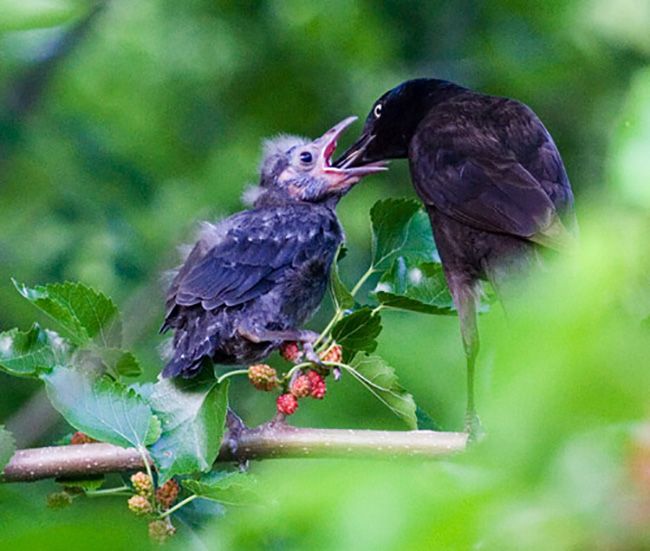 .. etc.
.. etc.
senior group
House "Birds"
Goal : Strengthen the ability of children to classify animals, birds, fish.
Turn All children sit on chairs arranged in a row or around the table, or stand in a circle.
One of the players picks up an object and passes it to his neighbor on the right, saying: “Here is a bird. What kind of bird? The neighbor accepts the item and quickly replies, "Dove." Then he passes the thing to his neighbor and says himself: “Here is a bird. What kind of bird? “Sparrow,” he answers and passes the item to a neighbor.
The item can be passed around the circle several times until the stock of knowledge of the participants in the game is exhausted.
Describe the bird
Purpose: to activate the dictionary of adjectives on the topic "Birds"
Move: The teacher offers to remember and name the birds that fly to the site.

 )
) 



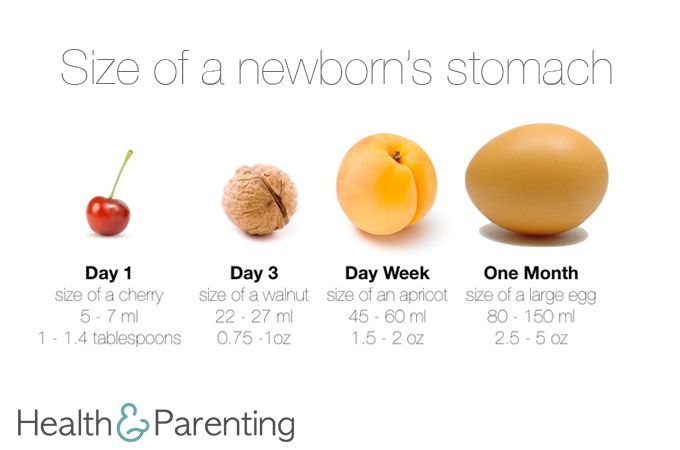
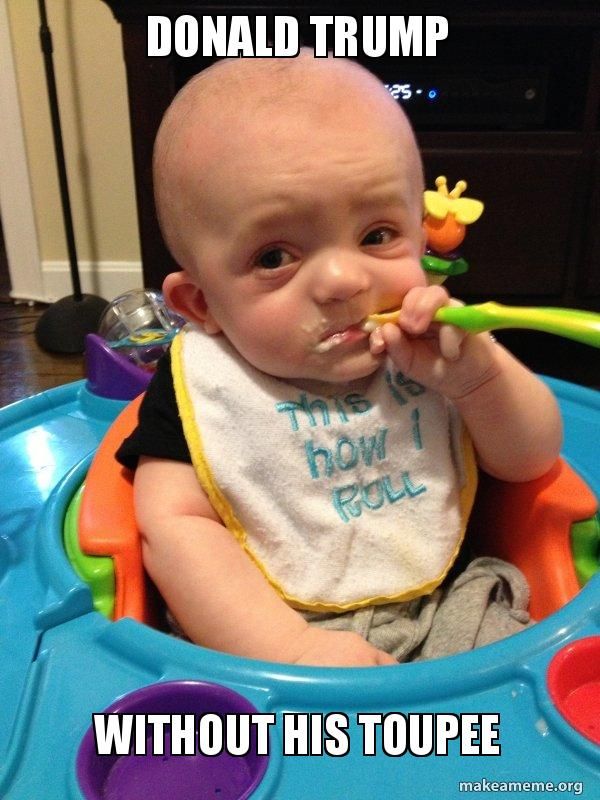


.jpg)




